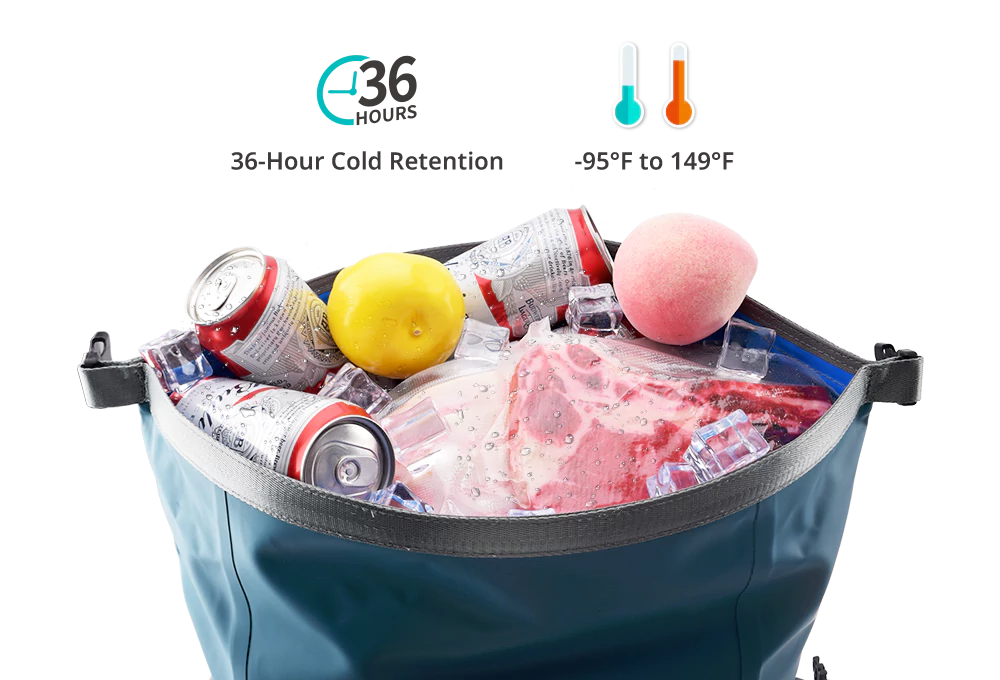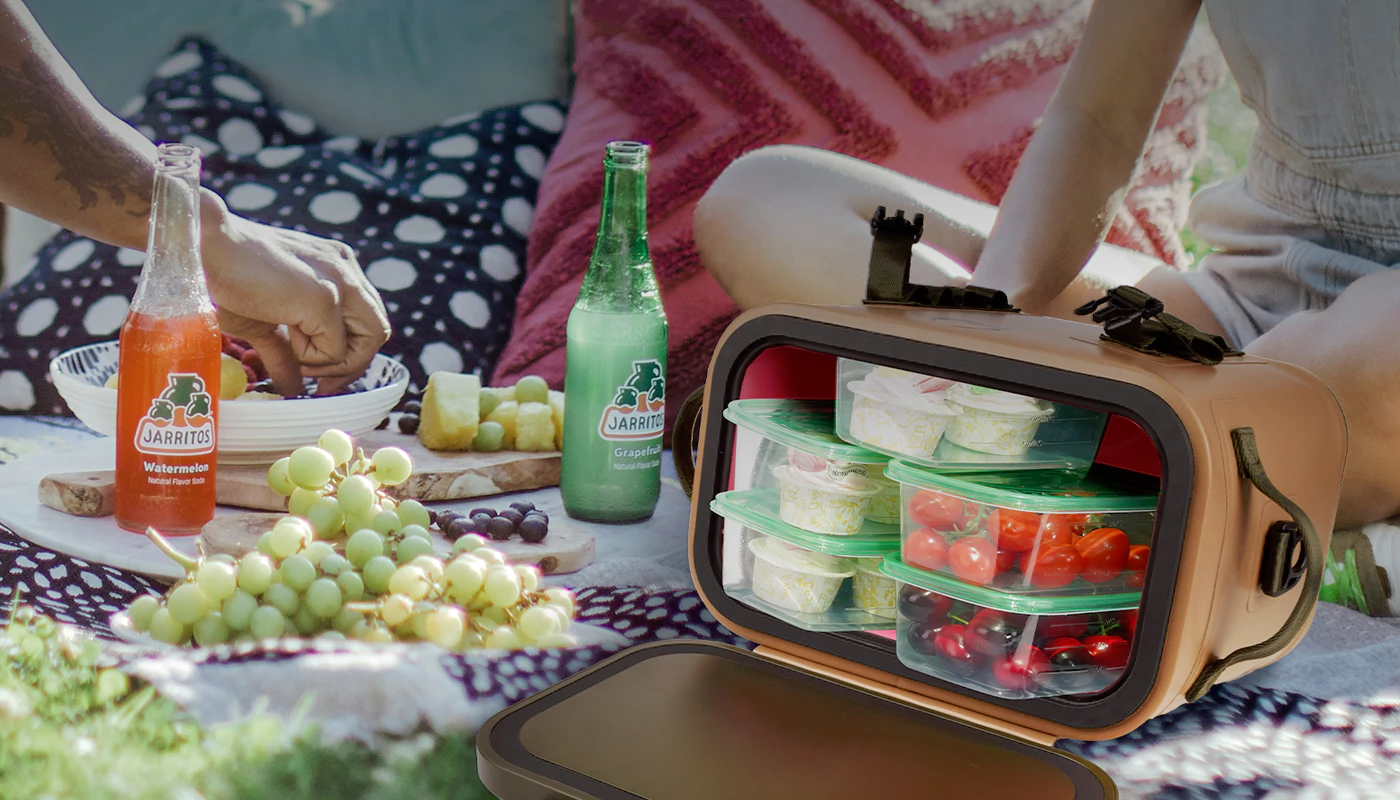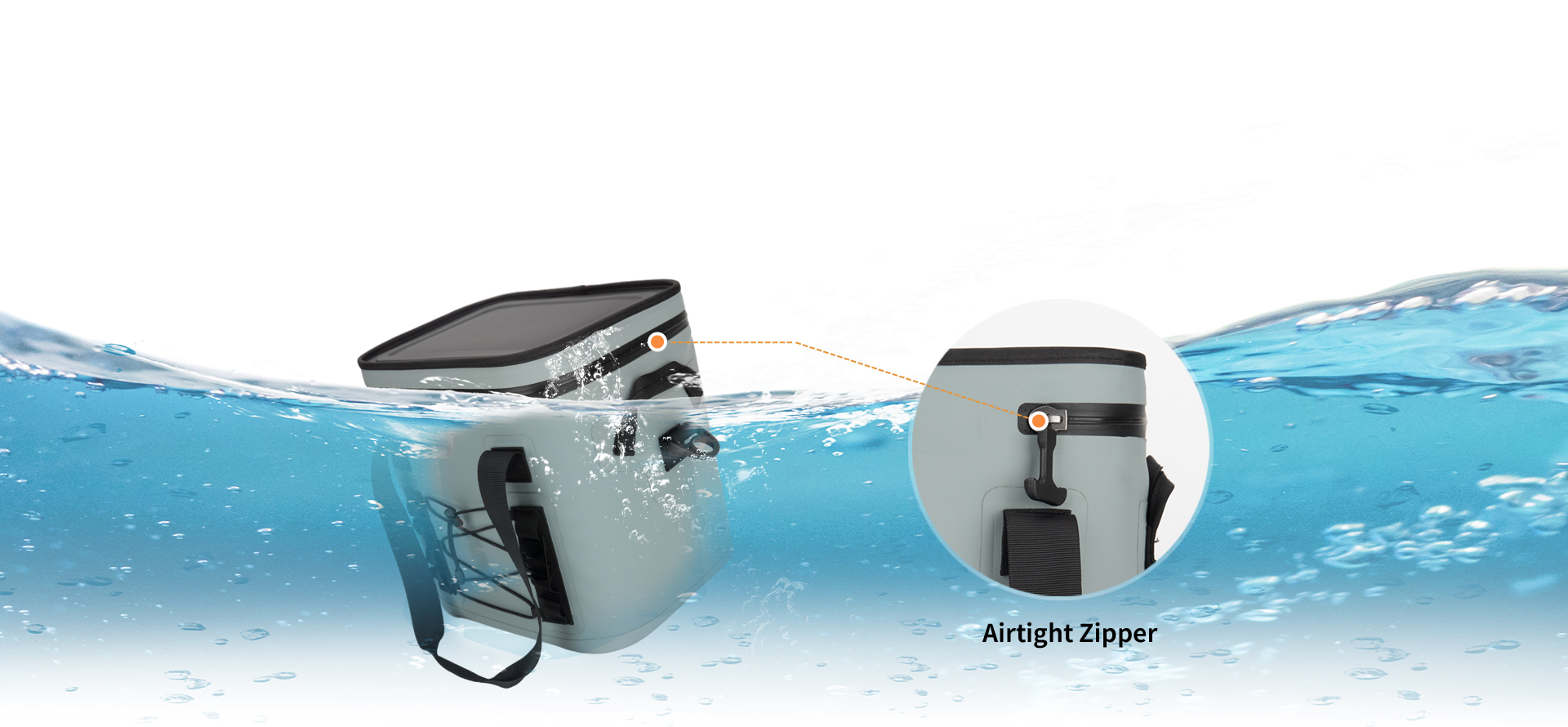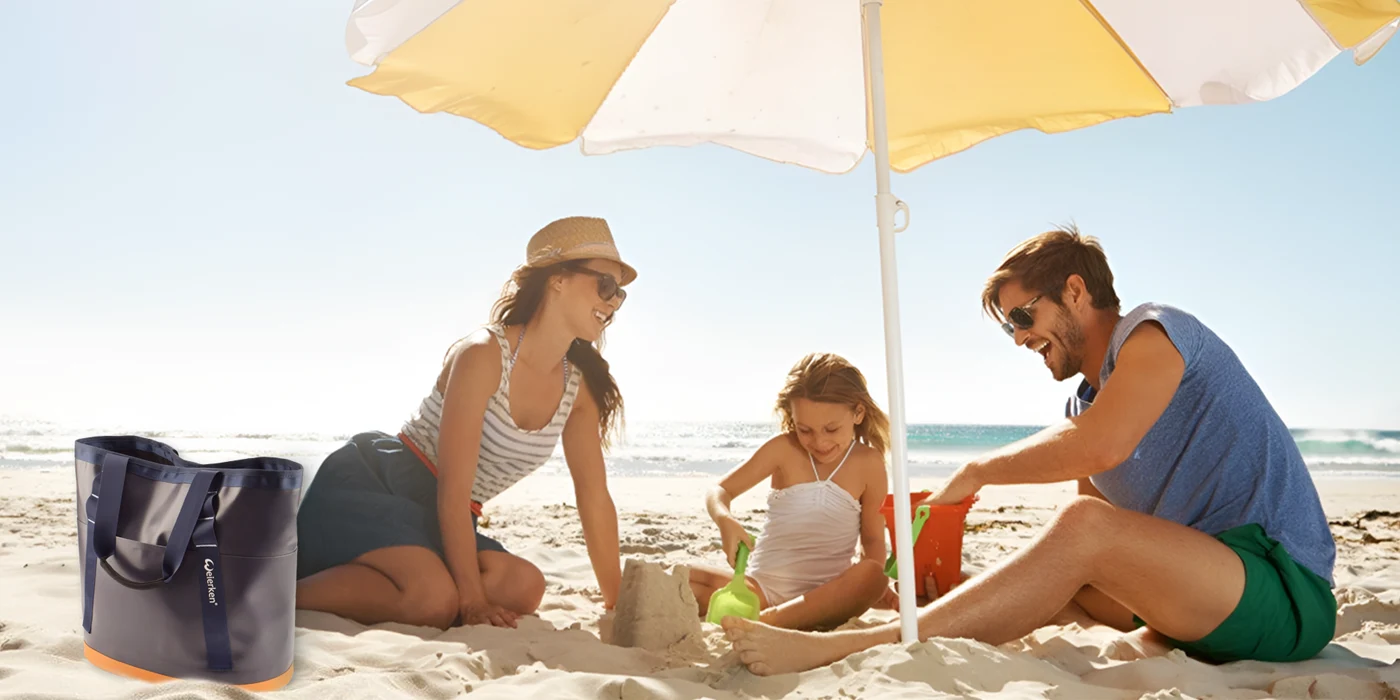For businesses looking to procure promotional items, corporate gifts, or branded merchandise, placing a cooler backpack bulk order is a strategic move. These versatile products combine utility with brand visibility, making them a popular choice across various industries. However, the final cost of a bulk order of cooler backpacks isn’t just a single number on a quote. It’s a complex figure shaped by a multitude of factors, from how many units you commit to, to the intricate details of their construction. Understanding these variables is crucial for making an informed, cost-effective procurement decision that doesn’t compromise on quality. Companies like weierken, with their experience in manufacturing and supplying functional bags, navigate these factors daily to provide clients with optimal solutions.
Whether you’re a startup looking for your first branded order or a large corporation sourcing for a major event, this breakdown will help you decode the pricing structure and plan your budget effectively.
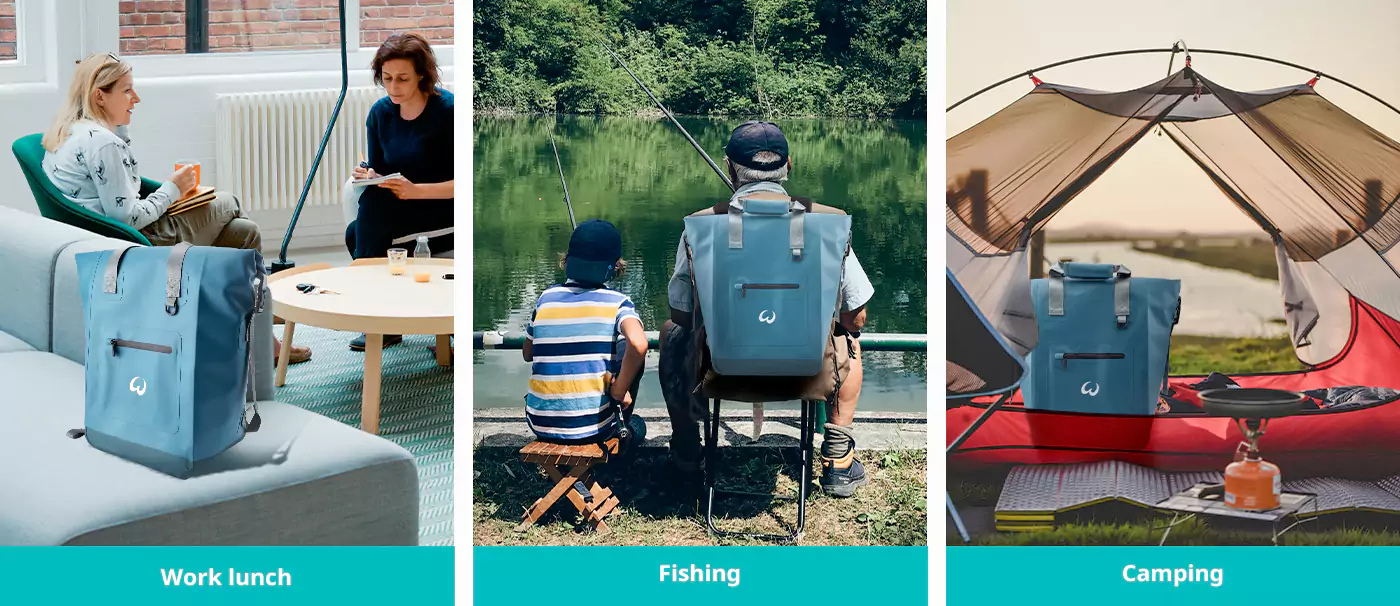
Order Volume and Its Direct Impact on Unit Price
The most immediate and obvious factor influencing your cooler backpack bulk order price is the quantity you order. This is a fundamental principle of manufacturing and economics: higher volumes typically lead to lower per-unit costs.
The Economics of Scale Explained
When a manufacturer sets up a production line, there are fixed costs involved, such as creating molds, setting up stitching patterns, and programming machines. These costs are amortized over the entire production run. In a bulk purchase of insulated backpacks, spreading these fixed costs across 1,000 units versus 100 units drastically reduces the cost burden on each individual backpack.
Common Pricing Tiers
While tiers can vary by supplier, they generally follow this pattern:
- Sample or Small Batch (1-50 units): This is often for prototyping or initial testing. The unit price is the highest due to minimal economies of scale.
- Standard Bulk Order (100-500 units): This is a common starting point for many businesses. Prices become significantly more attractive than sample pricing, making it a viable option for smaller promotions or events.
- Large-Scale Bulk Order (500-2,000 units): At this level, manufacturers can optimize raw material purchases and run dedicated, efficient production lines. You’ll see a notable drop in the per-unit cost.
- High-Volume Contract (2,000+ units): This is where you achieve the lowest possible price. Manufacturers can plan long-term material procurement and dedicate factory space, passing the maximum savings on to you. A brand like weierken often works with clients at this scale to develop custom solutions that leverage these significant cost advantages.
For businesses, the key is to forecast demand accurately. Ordering too little might mean missing out on better pricing, while ordering too much can lead to storage issues and tied-up capital. A strategic, phased bulk order for cooler backpacks might sometimes be more prudent than a single, massive purchase.
Material and Construction: The Foundation of Cost and Quality
The choice of materials and the complexity of construction are where the core value—and cost—of a cooler backpack is determined. A cheaper price often reflects compromises in these areas, which can impact durability, insulation performance, and overall user satisfaction.
Insulation is Key
The primary function of a cooler backpack is to maintain temperature. The type and thickness of the insulation material are major cost drivers.
- Standard EPE/EVA Foam: A cost-effective option that provides decent insulation for short trips. Suitable for generic giveaways.
- Thick PU Foam or Closed-Cell Insulation: Offers superior temperature retention, often used in higher-end models designed for all-day excursions or professional use. This adds to the material cost but significantly enhances performance.
Fabric Durability and Weather Resistance
The outer shell must protect the contents.
- Polyester (600D vs. 900D): Denier (D) indicates fabric thickness. A 600D polyester is durable for everyday use, while a 900D or higher is more heavy-duty, tear-resistant, and consequently, more expensive.
- PVC Tarpaulin vs. Nylon: PVC tarpaulin is excellent for waterproofing and is very rugged, but can be heavier. Nylon is lightweight and strong but may require a coating for full waterproofing, which adds a process step and cost.
- Coatings: A backpack with a PU (polyurethane) or TPU coating for enhanced water resistance will cost more than an uncoated one.
The Devil in the Details: Zippers, Thread, and Hardware
These components are often overlooked but critically impact longevity and cost.
- Zippers: Standard nylon coil zippers are affordable. However, for a durable cooler backpack bulk order, manufacturers like weierken might recommend #8 or #10 waterproof YKK zippers, which are far more reliable but add to the cost.
- Stitching: Double-stitched or bartacked seams at stress points require more labor and thread but prevent failures.
- Buckles & Hardware: Standard plastic hardware is economical. Metal buckles or branded, custom-molded plastic components increase the price.
Understanding this breakdown allows B2B clients to make informed trade-offs. For a long-lasting product that reflects well on your brand, investing in better materials is often a smarter long-term strategy.
Functional Customization and the Associated Costs
A standard, off-the-shelf cooler backpack is one thing. A backpack customized to your brand’s specific functional and aesthetic needs is another, and customization is a primary driver of cost in a custom cooler backpack bulk order.
Branding Techniques
Adding your logo is the most common form of customization, and the method used affects the price.
- Screen Printing: Cost-effective for simple, single-color logos on large orders. Has a lower setup fee.
- Heat Transfer: Good for multi-colored, complex designs. Durable and vibrant.
- Embroidery: Projects a premium, high-quality feel. It is more labor-intensive and uses more thread, making it the most expensive branding option, but it greatly enhances perceived value.
Design and Feature Modifications
Going beyond a simple logo imprint can create a truly unique product.
- Color Variations: Ordering a non-standard fabric color might require a minimum yardage purchase from the mill, increasing the custom cooler backpack price.
- Additional Pockets/Compartments: Adding a dedicated laptop sleeve, a side-zippered pocket, or internal organizers requires new pattern-making, additional materials, and more complex assembly.
- Special Features: Integrating a smart temperature control system, a built-in power bank, or a USB charging port involves sourcing electronic components, ensuring safety standards, and more intricate installation processes, all of which contribute to a higher final quote.
When discussing a cooler backpack bulk order with a supplier, be clear about your “must-have” customizations versus “nice-to-have” features to keep costs aligned with your budget.
Supply Chain and Logistics: The Hidden Variables
The journey from the factory floor to your warehouse involves several steps that directly impact your final landed cost.
Sourcing and Manufacturing Location
- Domestic Sourcing: Manufacturing within your country often means shorter lead times, easier communication, and lower shipping costs. However, labor and material costs are typically higher, resulting in a higher FOB (Free on Board) price.
- International Sourcing: Sourcing from countries like China, Vietnam, or Bangladesh often offers lower manufacturing costs due to economies of scale and lower labor rates. However, this is balanced by longer lead times, potential language barriers, and more complex international shipping and import duties. A supplier like weierken, with a global supply chain footprint, can help navigate these complexities.
Lead Time and Shipping Methods
- Lead Time: A rushed order often incurs “rush fees” for expedited production and premium shipping. Planning your cooler backpack bulk order well in advance allows the manufacturer to schedule production efficiently, avoiding these extra charges.
- Shipping: The choice between sea freight (slow but cheap), air freight (fast but expensive), or courier services like DHL/FedEx (fastest and most expensive) will significantly affect your total cost. For large bulk orders of cooler backpacks, sea freight is the most common and cost-effective choice, though it requires planning for a 4-8 week transit time.
Market Competition and Brand Value
Finally, the price you’re quoted is influenced by the broader market landscape and the reputation of the manufacturer.
The Value of Brand Reputation and Certifications
A manufacturer with a proven track record of quality, like weierken, may not always be the cheapest option. You are paying for reliability, consistent quality control, and expert service. Furthermore, certifications like FDA (for food-safe materials), CE (for the European market), or ROHS (restriction of hazardous substances) are not free. The testing and compliance processes add cost, but they are essential for certain markets and add significant value and trust to your bulk purchase of insulated backpacks.
Understanding the Competitive Landscape
The market for cooler backpacks is competitive. A very low quote might be a red flag, indicating subpar materials, poor labor practices, or hidden costs. It’s crucial to perform due diligence. A slightly higher quote from a reputable supplier often translates to a better-quality product, reliable delivery, and a smoother procurement process, ultimately protecting your brand’s reputation.
Navigating the pricing of a cooler backpack bulk order requires a holistic view. It’s a balancing act between order volume, material quality, desired customizations, logistical choices, and the intrinsic value of a reliable supplier. By carefully considering each of these five factors, businesses can move beyond just looking for the lowest price and instead focus on achieving the best overall value. Partnering with an experienced manufacturer provides not just a product, but a seamless service experience that ensures your bulk order for cooler backpacks is a resounding success.
Frequently Asked Questions (FAQs) About Cooler Backpack Bulk Orders
Q1: What is the typical minimum order quantity (MOQ) for a custom cooler backpack bulk order?
A1: The MOQ varies significantly by supplier but commonly ranges from 100 to 500 pieces for a custom cooler backpack bulk order. This minimum allows manufacturers to achieve basic production efficiency. Some suppliers may offer lower MOQs for very simple customizations or off-the-shelf models, but the unit price will be higher.
Q2: How long does it usually take from order confirmation to delivery for a bulk purchase of insulated backpacks?
A2: The lead time for a bulk purchase of insulated backpacks typically spans 30 to 60 days. This timeline includes production (which can be 15-30 days) and shipping (which can be 15-30 days via sea freight). Factors like order complexity, customization level, and seasonal demand can affect this timeframe. Always confirm the detailed schedule with your supplier before placing an order.
Q3: Can we provide our own design and specifications for a bulk order for cooler backpacks?
A3: Absolutely. Most manufacturers specializing in a bulk order for cooler backpacks welcome custom designs. You can provide tech packs, CAD files, or even just a sketch and a list of desired features. The supplier will then assess the feasibility, create a prototype if needed, and provide a quotation based on your specific specifications.
Q4: What are the key quality checks we should ask about before placing a cooler backpack bulk order?
A4: Before finalizing your cooler backpack bulk order, inquire about the supplier’s Quality Control (QC) process. Key checks include: insulation performance tests (holding ice for a set duration), seam strength tests, zipper functionality, waterproofing tests for the fabric and seams, and a thorough inspection of the final logo application and stitching.
Q5: Are there any hidden costs we should be aware of in a cooler backpack bulk order quote?
A5: A professional quote should be transparent. However, it’s wise to explicitly confirm if the price includes the cost of molds for new designs, setup fees for branding (like screens or embroidery digitizing), sample costs, and most importantly, shipping and insurance costs. Understanding the incoterms (e.g., EXW, FOB, CIF) used in the quote is crucial to avoid unexpected charges for logistics.

